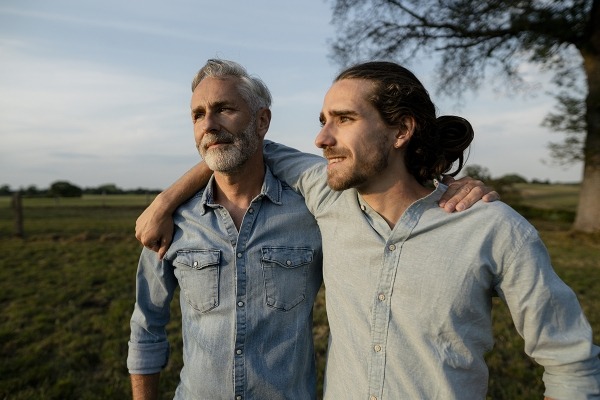
For complex reasons, HIV and substance use have been inextricably linked since the HIV epidemic began more than four decades ago. Consequently, it was not a surprise when an analysis of the New York City HIV surveillance registry published in the Journal of Acquired Immune Deficiency Syndrome (JAIDS) found that in 2017, rates of overdose deaths for people living with HIV were more than double overall overdose death rates in that city. However, the study also reported a shocking finding that highlights an overlooked opportunity to save lives: Nearly all (98%) of those who died of overdose had been linked to HIV care after their HIV diagnosis, and more than three quarters had been retained in care; more than half were virally suppressed.
In other words, the victims of fatal overdose were not unreached, or on the margins of the system—the stereotype of people with addiction. They were engaged in care. Their drug use put them at greatly increased risk of overdose death, but because they were living with HIV, they were engaged with healthcare settings where preventive interventions could have been provided.
Drug overdose claims more lives of people with HIV than HIV-related illness. According to National Survey on Drug Use and Health data from 2015-2019, nearly 1 in 5 people with HIV had a substance use disorder. Other studies show people living with HIV commonly report both acute and chronic pain and have a high prevalence of prescription opioid use, and they are at increased risk of drug overdose.
But as the JAIDS study shows, the United States has made significant strides in reaching people who need HIV care. Indeed, according to the CDC, 81% of people who received an HIV diagnosis in 2019 in the United States were linked to HIV care within a month, two thirds (66%) received care, and half (50%) were retained in care. It is sometimes hard to reach people who use drugs with substance use disorder (SUD) treatment or harm reduction, but when people living with HIV seek and receive treatment for that condition, it represents a promising opportunity to deliver those services.
Delivering naloxone and overdose education in HIV care settings is an obvious and relatively easy way to prevent overdose deaths. Readily available both as a nasal spray and in an injectable formulation, naloxone quickly and safely reverses the respiratory depression caused by opioids including fentanyl. Although it is not a magic bullet—someone must be nearby to administer it—dispensing naloxone to people at risk of overdose is now a core harm-reduction strategy, and clinics delivering HIV care are settings where this strategy could and should be implemented. Even if a given person does not use substances, they may know people who do, so giving them naloxone and instruction in how to use it could save a life.
There are resources from federal agencies like the Substance Abuse and Mental Health Services Administration to facilitate naloxone provision, and some states and cities take on the cost so that naloxone can be given to residents for free. The National Institute on Drug Abuse recently to build evidence on how to implement and sustain overdose education and naloxone distribution (OEND) in HIV care settings.
Enormous strides have been made in screening and treating people with HIV with antiretroviral drugs and then retaining them in care long-term. Now, overdose is among the greatest threats to people with HIV. Especially in a drug landscape now dominated by deadly fentanyl, clinicians serving people living with HIV have a critical role to play in preventing overdose deaths with a relatively simple and extremely effective harm-reduction measure.
Dr. Nora Volkow, Director
Here I highlight important work being done at NIDA and other news related to the science of drug use and addiction.




